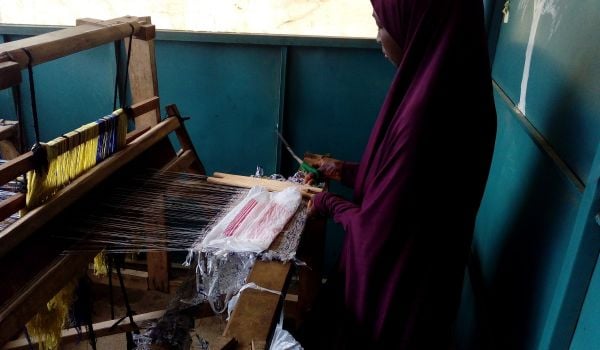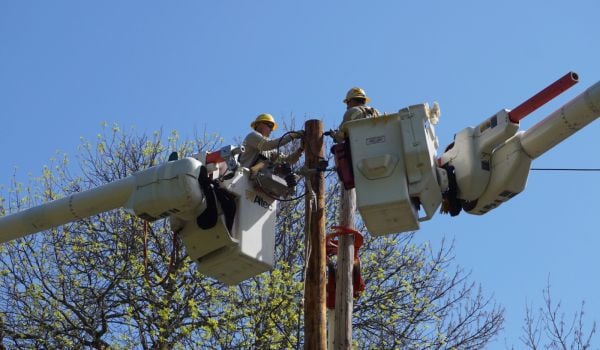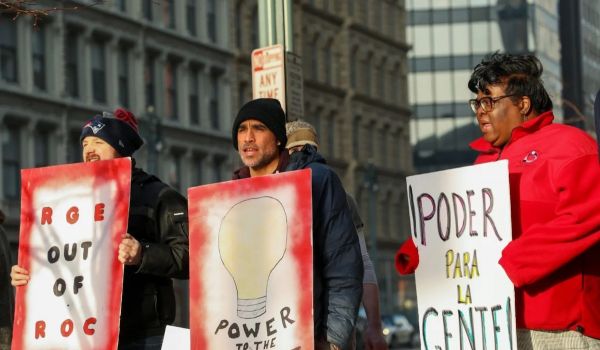The problem: If you live in a high-rise with a central heating system, your comfort is dependent on your landlord. Should he choose not to turn on the boiler on a frigid day, you freeze.
In New York, the law says that landlords have to keep units at a certain temperature between October 1st and May 31st. Many don’t. So many don’t that the city’s Department of Housing Preservation and Development receives 200,000 complaints a year. Only a fraction ever result in a landlord being fined.
The 20th-century solution involves tenants keeping temperature logs by hand, which are then confirmed by a housing inspector or brought in as evidence in housing court. But there could be a better way.
Enter Heat Seek NYC, a system of sensors designed by alums of the Flatiron School that automatically takes the temperature in a frigid apartment and generates a temperature log to be used as evidence. The system won $20,000 in the city-sponsored BigApps competition Tuesday night for being the best product in the “Live” category. Heat Seek NYC also earned an extra $5,000 for being judged the best “connected device” and was dubbed the winner of the 311 Connect challenge for integrating data from the city’s 311 line.
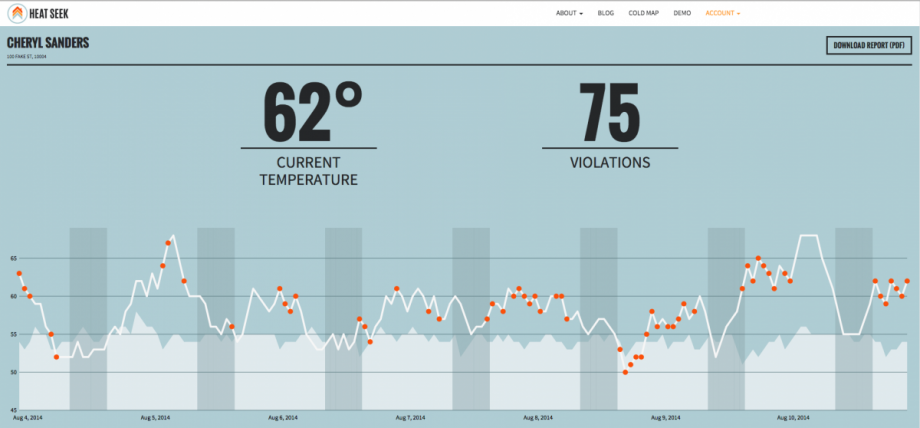
(Source: Heat Seek NYC)
Heat Seek NYC is a system consisting of one “hub” and multiple “cells.” Each has a temperature sensor inside, and hardware that lets them communicate with each other and share one Internet connection. (If no apartments in a building have an Internet connection, the system can connect via 3G.) Each cell is placed in a different apartment. They automatically turn on, connect to the network, and take a temperature reading every hour, recording them online. The team says it’s a far better solution than handwritten logs, which landlords often challenge in court.
New Yorkers are taking notice. Though the sensors are only in prototype form thus far, the Heat Seek NYC team has gotten positive feedback from tenant advocacy groups like CASA (Community Action for Safe Apartments), and Mayor Bill de Blasio, who sat in on a Heat Seek presentation last week, said he was “absolutely moved” by the product. (He also called the name “badass.”)
Heat Seek NYC is also wrapping up a successful Kickstarter campaign. With those funds plus the funds from NYC BigApps, the team hopes to have 1,000 sensors installed in tenants’ apartments this winter.
So far, they’re not making much of a profit, if any. The hardware costs just under $30 for a cell and a little less than $60 for a hub, and that’s what the team has been asking for on Kickstarter. But when they move into mass production and replace some of the costly off-the-shelf parts with cheaper ones, the cost should drop.
“Eventually,” says co-founder William Jeffries, “this product will be purchased by the city — or if not them, then a non-profit organization.” Either would “make the product sustainable,” aka pay the salaries of the Heat Seek team and create a profitable company. “In the short run, we’re not concerned about profit, we’re concerned with helping,” Jeffries says.
What remains to be seen is whether the logs will hold up in court. Community outreach lead Noelle Francois says she expects Heat Seek will have to testify about Heat Seek in housing court this winter if and until a precedent is set that its data is reliable. The team is also hoping that its data can be used to ease the burden on the city’s housing inspectors, by at least giving them clues about which units need urgent follow-up, but HPD so far hasn’t committed.
The team is set to begin logging data in multiple buildings in the Bronx later this month in partnership with CASA, so it won’t be long before New Yorkers find out if this proof of concept has legs.
The Works is made possible with the support of the Surdna Foundation.
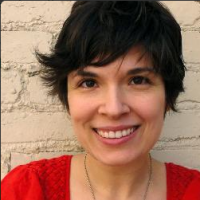
Rachel Kaufman is Next City's senior editor, responsible for our daily journalism. She was a longtime Next City freelance writer and editor before coming on staff full-time. She has covered transportation, sustainability, science and tech. Her writing has appeared in Inc., National Geographic News, Scientific American and other outlets.
Follow Rachel .(JavaScript must be enabled to view this email address)




